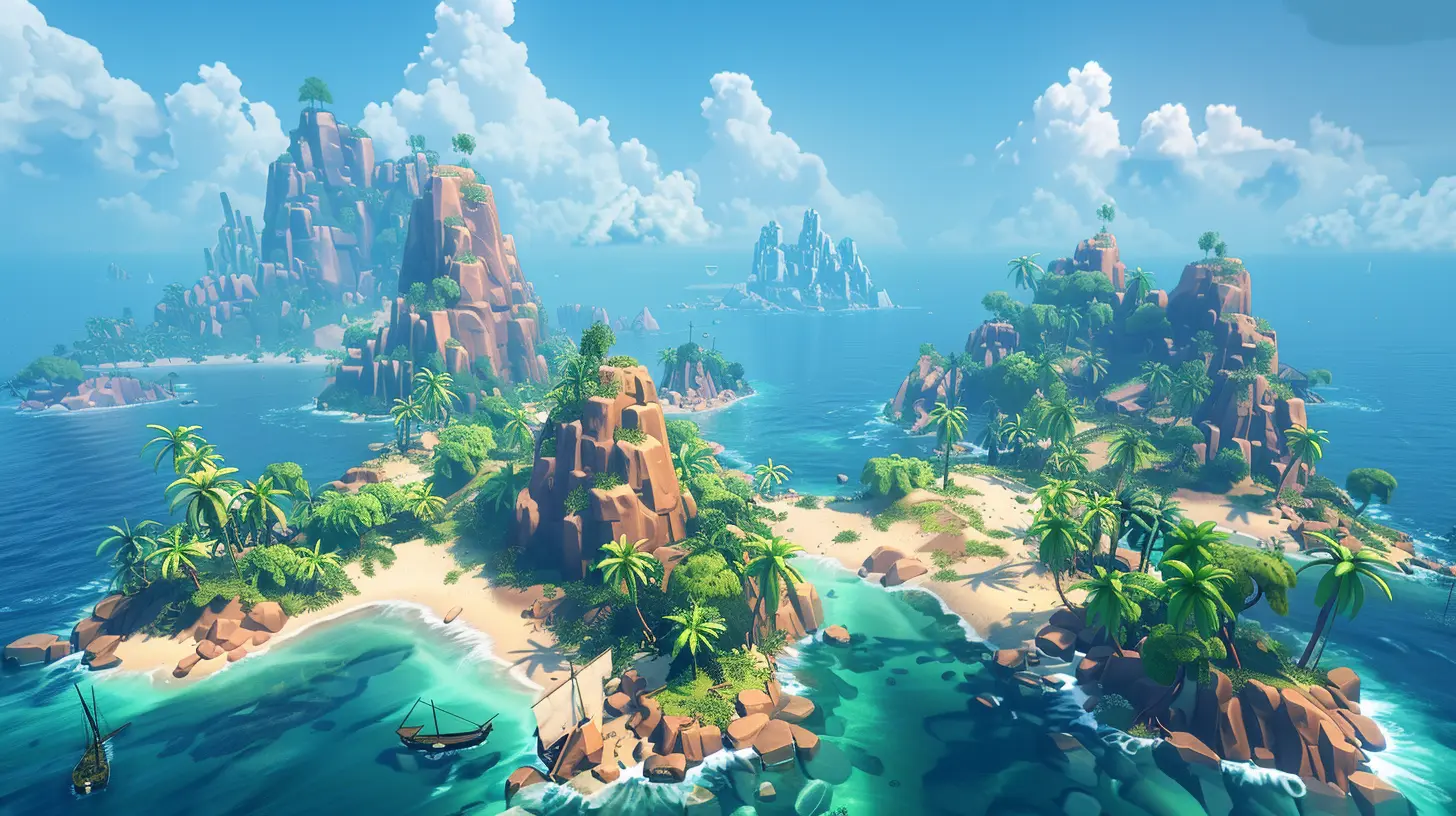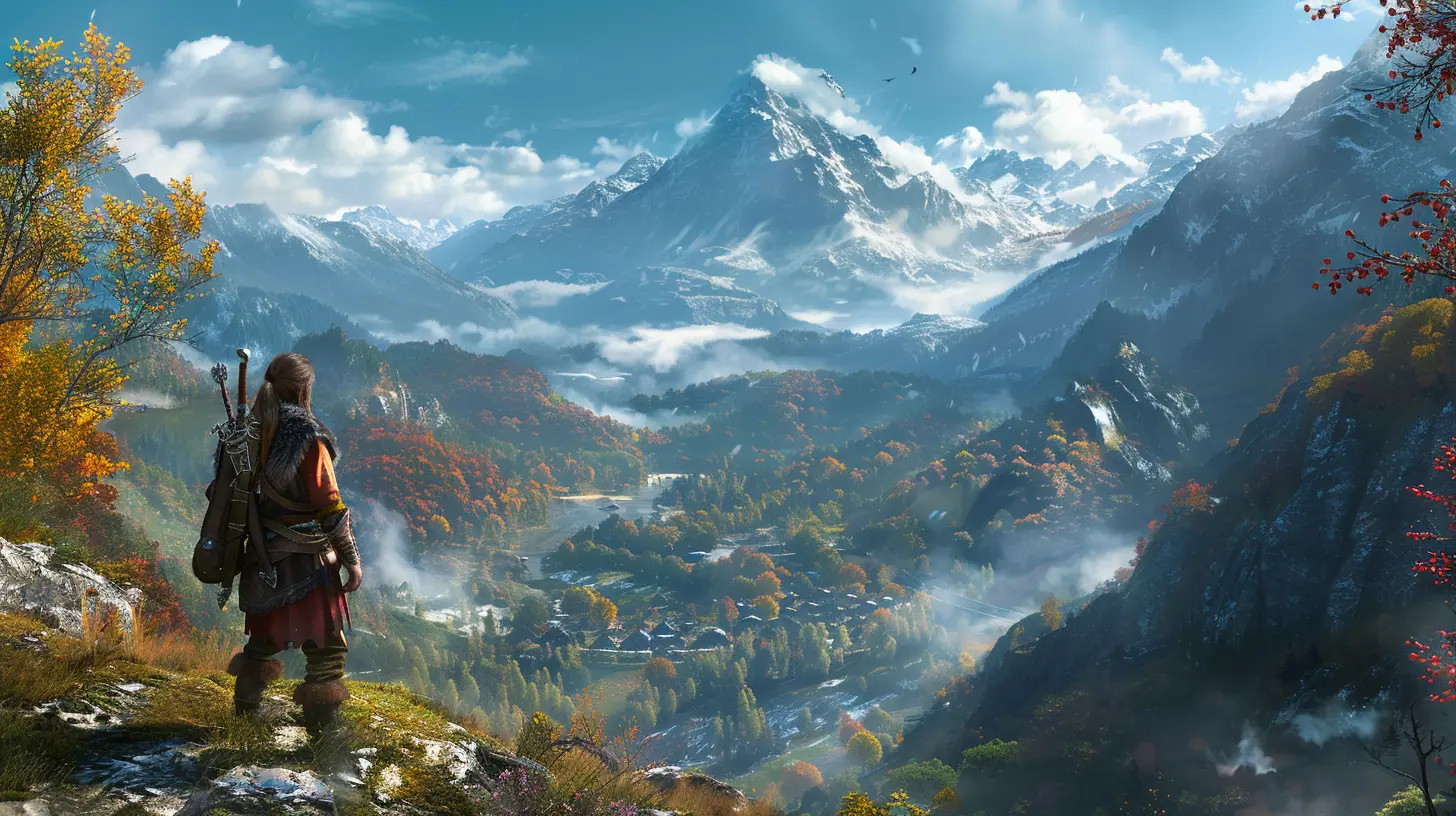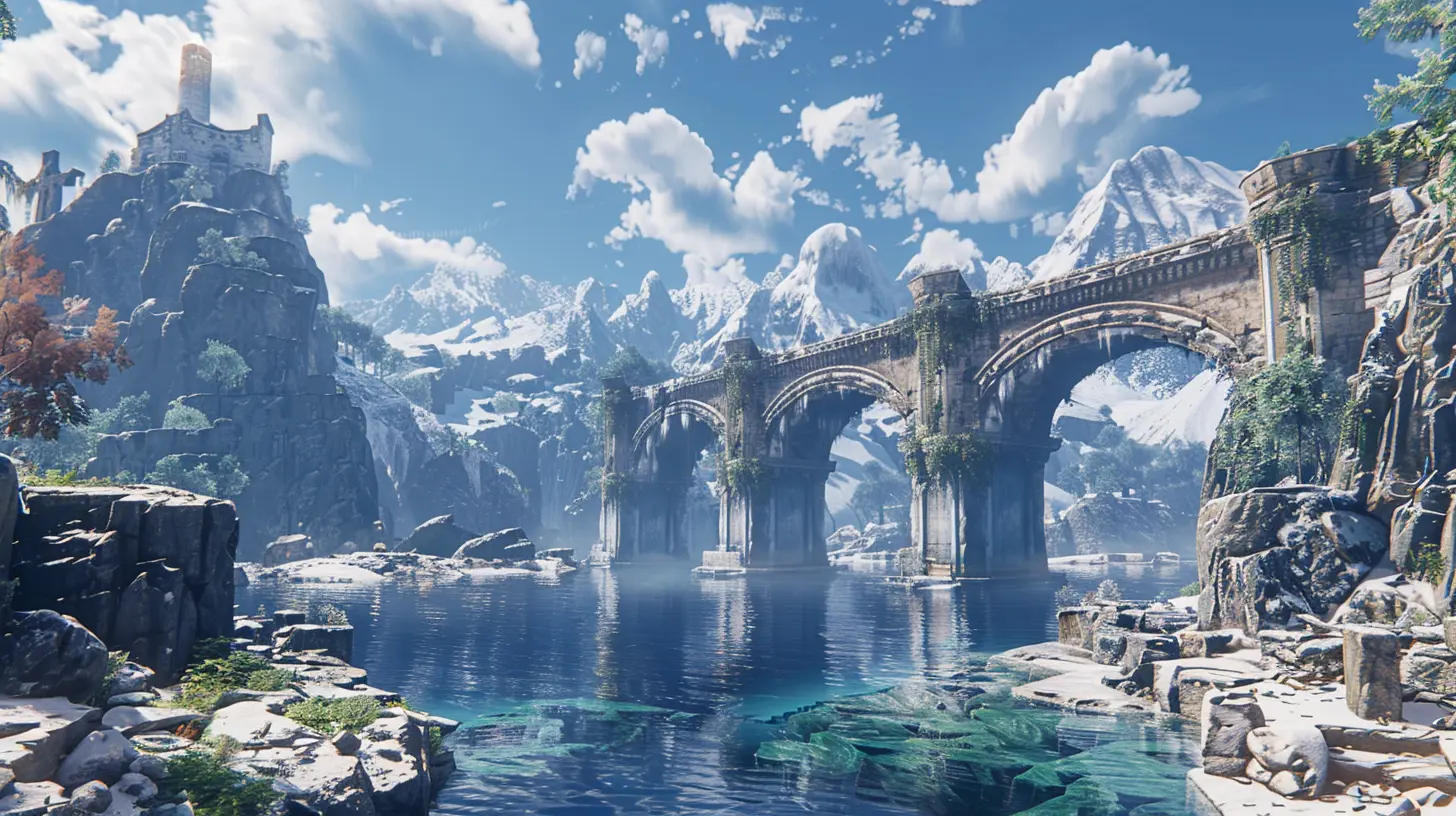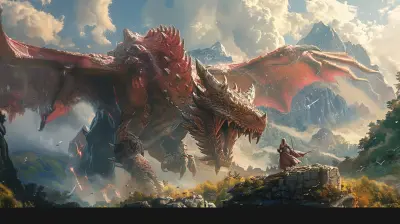Open World Design: Techniques for Crafting Engaging Exploration Experiences
8 November 2025
Ah, open worlds! The gaming equivalent of being let loose in a candy store with no supervision. Whether you’re scaling skyscraper-sized mountains, petting cows in lush pastures, or inexplicably collecting 87 mushrooms because why not—open-world games have a way of sucking you in, chewing up your free time, and asking, “Why are you still here? Go touch grass.” But what makes these vast digital playgrounds so darn engaging? Why do we willingly dive into these endless maps instead of folding our laundry?
Let’s break down the sorcery behind crafting open-world exploration experiences that’ll make players forget they have actual, real-world responsibilities. Spoiler alert: it’s more than just tossing players onto a big ol’ map and saying, “Good luck, champ.” 
1. Immersion Is Key, but Don’t Overwhelm Us
Every good open-world game needs to feel like a living, breathing place—but hold on. That doesn’t mean peppering every square inch with NPCs shouting mundane nonsense like, “The crops are dying!” or “My goats need rescue!” Balance is everything, people.Immersion is about subtlety. Take games like The Witcher 3 or Red Dead Redemption 2. You’re not just exploring; you’re existing within the world. Maybe you stumble across a random, eerie cabin in the woods (cue horror music)—no flashing quest marker, no intrusive dialogue. Just... vibes. These moments are gold because they make players feel like they’ve uncovered something themselves.
But let’s not kid ourselves. Too much immersion can backfire. You know what’s NOT fun? When realistic immersion means you’re stuck walking for an hour because your character’s horse decided to sprain its ankle. We came here for escapism, not a survival simulator.
Pro Tip:
Design moments of quiet intrigue, but don’t forget that fast travel exists for a reason.
2. Freedom, Baby—But Give Us a Nudge
An open world without direction is like handing someone a puzzle and saying, “There’s no picture on the box. Good luck figuring it out.” Sure, some folks can enjoy floundering around for hours, but most players? They’ll ditch your game faster than you can say, “procedurally generated.”The trick is to suggest without dictating. Games like Breath of the Wild mastered this. From the moment you wake up, the world whispers, “Go wherever you want, kiddo—but hey, that giant glowing mountain over there might be interesting.” It feels like freedom, but it’s brilliantly designed freedom.
So, drop hints. Use environmental design—towering landmarks, unusual terrain, or a flock of birds flying toward something shiny—to pique curiosity. Who needs a flashing neon sign when a crumbling castle on the horizon can do all the heavy lifting?
Also, side quests. Let me rant for a second here: STOP making side quests feel like unpaid internships. Give them meaning! Tie them into the lore, let them reward exploration, and for the love of pixels, don’t make every side quest involve fetching 50 bear pelts. 
3. Variety: Keep the Spice Flowing
Nobody wants to explore an open world where every corner looks like it was copy-pasted by an intern who gave up halfway through their caffeine-fueled crunch session. You know the drill: identical caves, carbon-copy towns, and “random” enemies that all mysteriously decided to wear the same outfit.Variety is the secret sauce. Think of an open world like a buffet—sure, you came for the pizza, but you’ll grab some noodles, maybe a slice of cake, and before you know it, you’re balancing five dessert plates like a circus act.
Take Elden Ring, for example. One moment you’re wandering through a peaceful meadow full of wildflowers, and the next? A giant, fire-breathing tree dragon swan-dives onto you from above. Boom. Now you’re invested. That’s the kind of variety that keeps players on their toes.
Switch up biomes, enemy designs, and objectives. If your map is all lush green fields or endless snowdrifts, players are going to feel like they’re trapped in a never-ending wallpaper. 
4. Reward Curious Players Like They’re Indiana Jones
Ever poke your nose into a random corner of an open world, only to find... absolutely nothing? Yeah, same. Few things are as soul-crushing as optional exploration that feels utterly pointless.Developers, let’s chat. If I climb Mount Doom or spelunk into a random cave that looks more suspicious than my browser history, I better find something. A weird NPC, a hidden treasure chest, a note that deepens the lore—heck, even a squirrel wearing a top hat will do. Just give me a reason why I bothered.
Games like Horizon: Zero Dawn excel at this. Even optional areas feel thoughtfully crafted, with collectibles, enriching tidbits of backstory, or even breathtaking scenery that makes you go, “This was worth the detour.”
5. Dynamic World Events: The “Hey, Look Over Here!” Factor
You know what’s cooler than exploring? Exploring while the world goes full chaotic surprise mode. Dynamic events make the world feel alive—like it’s moving on its own, with or without your meddling.Imagine strolling along minding your own business when—BAM!—a gang of bandits begins harassing a traveling merchant. Do you intervene? Do you ignore them and loot their spoils later? These emergent gameplay moments create memories.
Games like GTA V and Skyrim nailed this. Random dragon attacks? A pedestrian yelling, “Hey you, thief!” out of nowhere? Beautiful chaos. These events spice up exploration, ensuring no two gaming sessions play out the same way.
6. Visual Eye Candy—But Let’s Keep It Practical
We’ve all seen those trailers with picture-perfect graphics that make you go, “Wow, this looks better than real life!” Then, the game drops, and surprise—it’s downgraded into potato-tier visuals. Oof.Open world design should prioritize both stunning visuals and practical readability. Sure, hyper-realistic foliage is great, but if I accidentally walk off a cliff because your textures camouflage hazards better than a chameleon at a rave, that’s a problem.
Think of games like Ghost of Tsushima. The art style isn’t just gorgeous; it’s purposeful. Guiding winds, contrasting colors, and clever lighting guide players toward points of interest without needing obtrusive waypoints. Let’s aim for that instead of “Hey, everything’s gray because realism.”
7. Player Pace: Respect the Turtles and the Hares
Every gamer has a different pace. Some are the slow-and-steady explorers who want to sniff every pixel of your map. Others are speed demons sprinting from quest marker to quest marker like their controller’s A button is wired to a bomb.Your open world needs to cater to both groups. Include optional content for the slowpokes—hidden collectibles, lore-heavy notes, and scenic vistas for all those virtual photographers out there. For the speedsters, streamline the main questline so they don’t feel like they’re wading through molasses while trying to keep the story moving.
8. Steal from Other Games, but Make It Your Own
Look, let’s not pretend game developers don’t borrow ideas from one another. Fast travel? Combat mechanics? Towers that reveal the map? All of these are basically open-world tropes at this point. But here’s the secret sauce: take inspiration, then innovate.Ubisoft’s Assassin’s Creed series practically trademarked the “climb a tower to unlock the map” mechanic. But then Spider-Man swings in (literally) and says, “What if we just let players zip around New York instead of climbing towers for 20 hours?” Boom. Same trope, completely fresh spin.
Don’t just do what’s been done before. Do it differently.
Conclusion: Craft Worlds Players Don’t Want to Leave
At its core, open-world design is about making players feel like they belong in your virtual sandbox. Give them the tools to roam freely, but also nudge them with meaningful discoveries and engaging moments. Keep the world alive, litter it with surprises, and for goodness’ sake, don’t make every quest a fetch quest.Get the balance right, and we’ll gladly ignore our ever-growing pile of real-life obligations to frolic through your digital playground. Just don’t forget to add a squirrel in a top hat somewhere. Trust me, that’s the kind of detail people remember.
all images in this post were generated using AI tools
Category:
Game DesignAuthor:

Francesca West
Discussion
rate this article
2 comments
Melissa Perez
Exploration brings joy! Can't wait to dive into these techniques!
November 28, 2025 at 4:29 AM

Francesca West
Thank you! I'm excited for you to explore these techniques and enhance your experiences!
Malia Price
Fascinating insights! I'm curious about how different techniques can enhance player immersion and discovery. Excited to see these concepts in action!
November 22, 2025 at 5:53 AM

Francesca West
Thank you! I'm glad you found the insights intriguing. Techniques like environmental storytelling and dynamic events can significantly boost immersion and discovery. Stay tuned for more examples!

